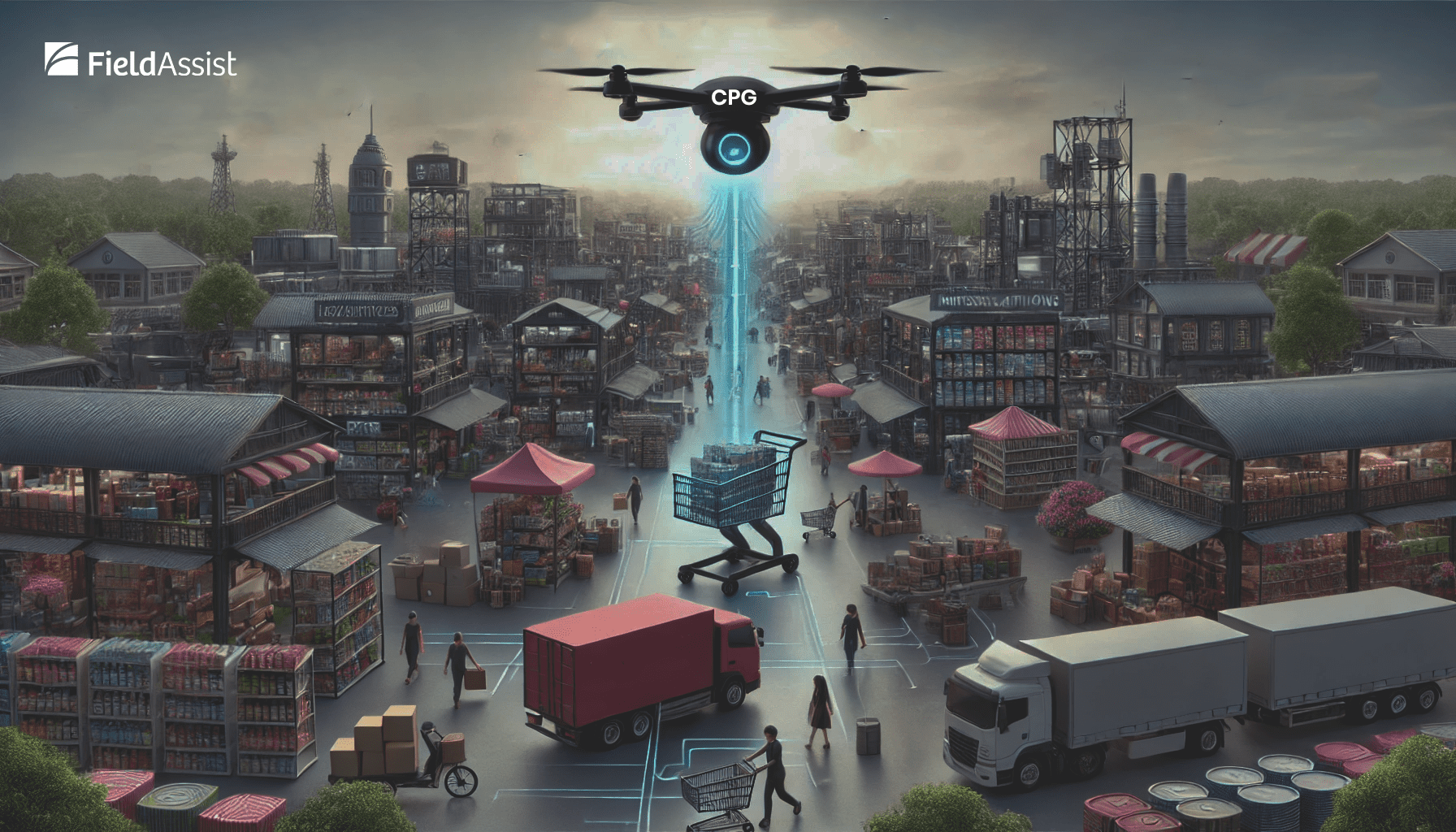Table of Contents
ToggleIntroduction
Southeast Asia’s FMCG sector is undergoing rapid digital transformation. With its diverse markets and expansive distribution networks, the region presents unique challenges for brands striving to execute effective Route-to-Market (RTM) strategies. While CPG industry technology adoption in SEA is on the rise, there are significant gaps in its implementation, often leaving businesses unable to capitalize on its potential fully. Aligning technology with business goals in CPG ensures that digital innovations drive efficiency, enhance customer experience, and support sustainable growth in a rapidly evolving markets.
The RTM Challenge Landscape
1. Lack of Visibility on Retail Sales Performance
The lack of visibility is certainly one of the main challenges in FMCG Distribution Networks. SEA’s fragmented distribution networks often result in blind spots, making it difficult for brands to track retailer performance, sales trends, and customer preferences. This lack of visibility hinders proactive decision-making and growth.
2. Data Overload, Yet No Clear Insights
Many brands have started using digital tools to collect vast amounts of data from the field. However, much of this data remains siloed or is difficult to analyze, resulting in delayed decision-making. Even more troubling, salespeople find existing platforms overly complex, making adoption a challenge.
3. Data Silos Across Stakeholders
A typical CPG value chain involves manufacturers, distributors, field sales teams, and retailers—all operating on disconnected systems. These silos prevent the seamless flow of information, creating inefficiencies and reducing the agility of RTM strategies.
4. Technology Failing to Capture Market Nuances
Many existing systems do not account for the intricacies of SEA markets, such as hyper-local consumer behavior, varied trade channels, and cultural diversity. This one-size-fits-all approach often results in misaligned strategies and missed opportunities.
5. Ignoring the Business AOP (Annual Operating Plan)
Technology implementation should serve the business’s strategic goals. However, many systems are designed to be tech-led rather than business-led, failing to align with the Annual Operating Plan (AOP) and broader organizational objectives. This disconnect reduces the effectiveness of RTM initiatives.
6. Unstable Integrations Leading to Execution Failures
Implementing advanced solutions often faces challenges with unstable integrations into existing systems. Poorly managed integrations or technical glitches can disrupt workflows, and without seamless execution, these projects risk falling apart. This instability not only delays progress but also results in failed initiatives, wasting valuable time, effort, and resources.
Conclusion
SEA’s FMCG market offers incredible opportunities, but brands need to address the gaps in their current RTM strategies. While CPG industry technology adoption is widespread, there is a need for tools that integrate seamlessly across stakeholders, capture market nuances, and align with business goals. The future of RTM in the region lies not just in adopting technology, but in doing so thoughtfully and strategically.

About Post Author
Shivangi Gohri
Shivangi is a seasoned Enterprise Account Executive with over seven years of experience in the tech industry. A passionate advocate for business automation , she specializes in helping organizations leverage technology to drive efficiency and growth. Her deep understanding of the FMCG industry enables her to deliver strategic, results-driven insights to her clients.
Beyond her professional pursuits, Shivangi enjoys traveling and immersing herself in diverse cultures, continuously expanding her global perspective.


